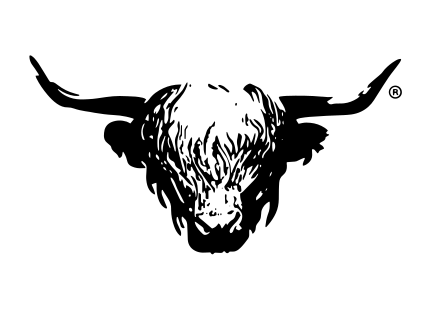Know What You are Selling
It is more than just the product. It’s a bundle of valuable things that are appreciated by your target customers
Know What You are Selling To
Each group of customers has a different set of characteristics and needs. You have to adapt your sales approach to meet these demands.
Know Your Own Story
Your business’s story adds value to your product and you should emphasize it. You need to be able to tell your story in the time it would take you to ride an elevator to the top of a building with a potential business investor.
Don’t Make Assumptions
Don’t guess about the viability of your business plan or the behavior of your customers. Find some way to prove what you think is true.
Be Customer Oriented, Not Product Oriented
Think, “My customers want lettuce. How can I get it to them the way they like it?” Don’t think, “How can I find someone to buy my lettuce?”
Sell Features and Benefits
Say, “This red lettuce contains more vitamins to keep you healthy,” not just,”I have red lettuce to sell.” Each feature benefit that your customers value. Point these out to make a sale.
Be a Price Maker, Not a Price Taker
Don’t sell commodities. When you’re selling something that can’t be distinguished from another farmer’s product, you can’t control the price. If the other farmer has more to sell, you will lose.
To Manage Risk, Diversify Carefully in All Directions
Growing many crops for many kinds of customers will reduce your risk of loss. But your management job can become overwhelming and then your quality and service will slip. You must strike a balance between diversity to manage risk and management time to maintain quality.
Start as Small as Possible and Learn the Market
Find the smallest way you can enter the market in order to minimize your risk. Once you learn how it works, you can increase your production.
